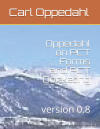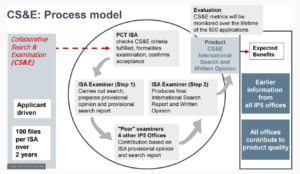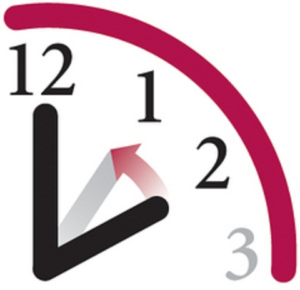 Update: The book is now finalized and you can see it here and here.
Update: The book is now finalized and you can see it here and here.
I’m working on a new book. It’s entitled Oppedahl on PCT Forms and PCT Docketing. Right now it is in what I might term beta testing. The book is version 0.8. I am providing copies of the book to some folks free of charge in the hopes that they will take a look at the book and maybe make suggestions or corrections. Then I will finalize the book and release it for general sale. Continue reading “New book: PCT Forms and PCT Docketing”


 For the past week the situation for e-filing at WIPO, for most people in the US, has been that the local time to e-file so as to get a same-day filing date in Switzerland has been different from usual. (The reason for this is that a week ago, people in Switzerland turned their clocks back.) But as of today, people in the US have turned their clocks back. So things are back to normal.
For the past week the situation for e-filing at WIPO, for most people in the US, has been that the local time to e-file so as to get a same-day filing date in Switzerland has been different from usual. (The reason for this is that a week ago, people in Switzerland turned their clocks back.) But as of today, people in the US have turned their clocks back. So things are back to normal.